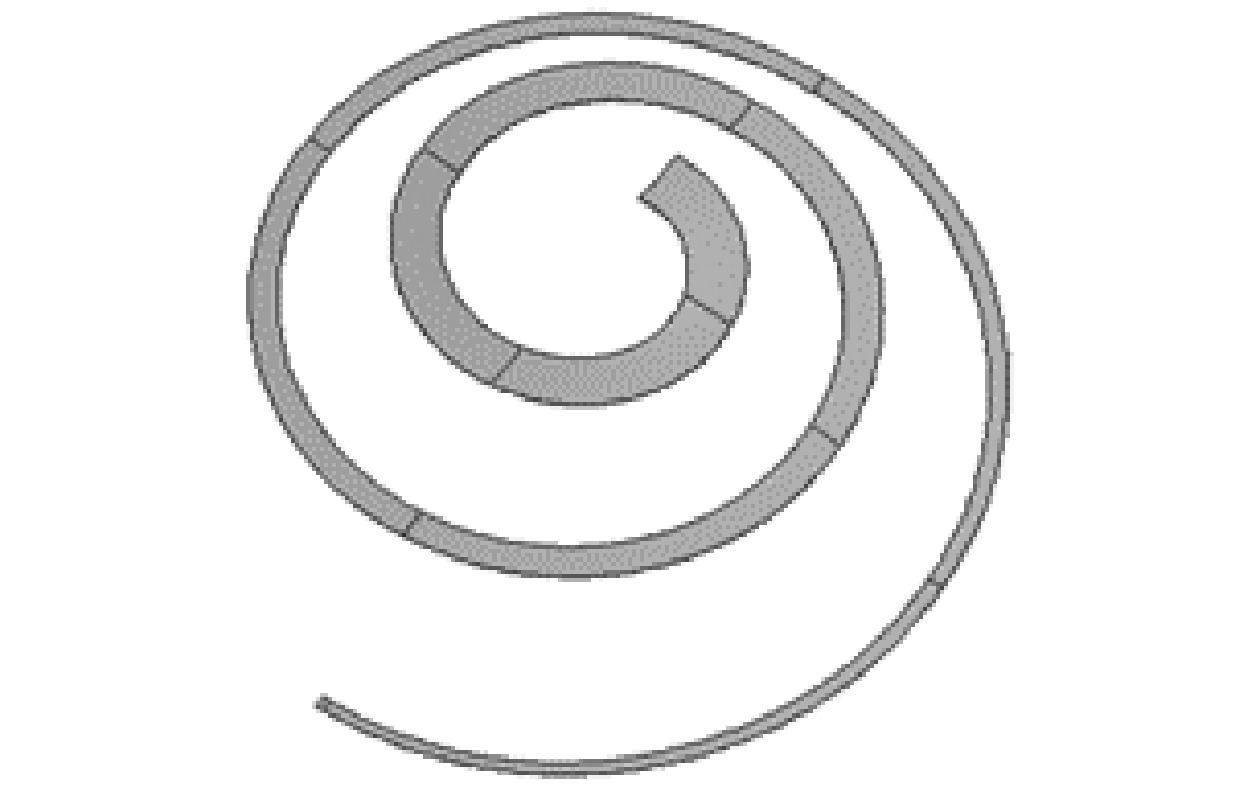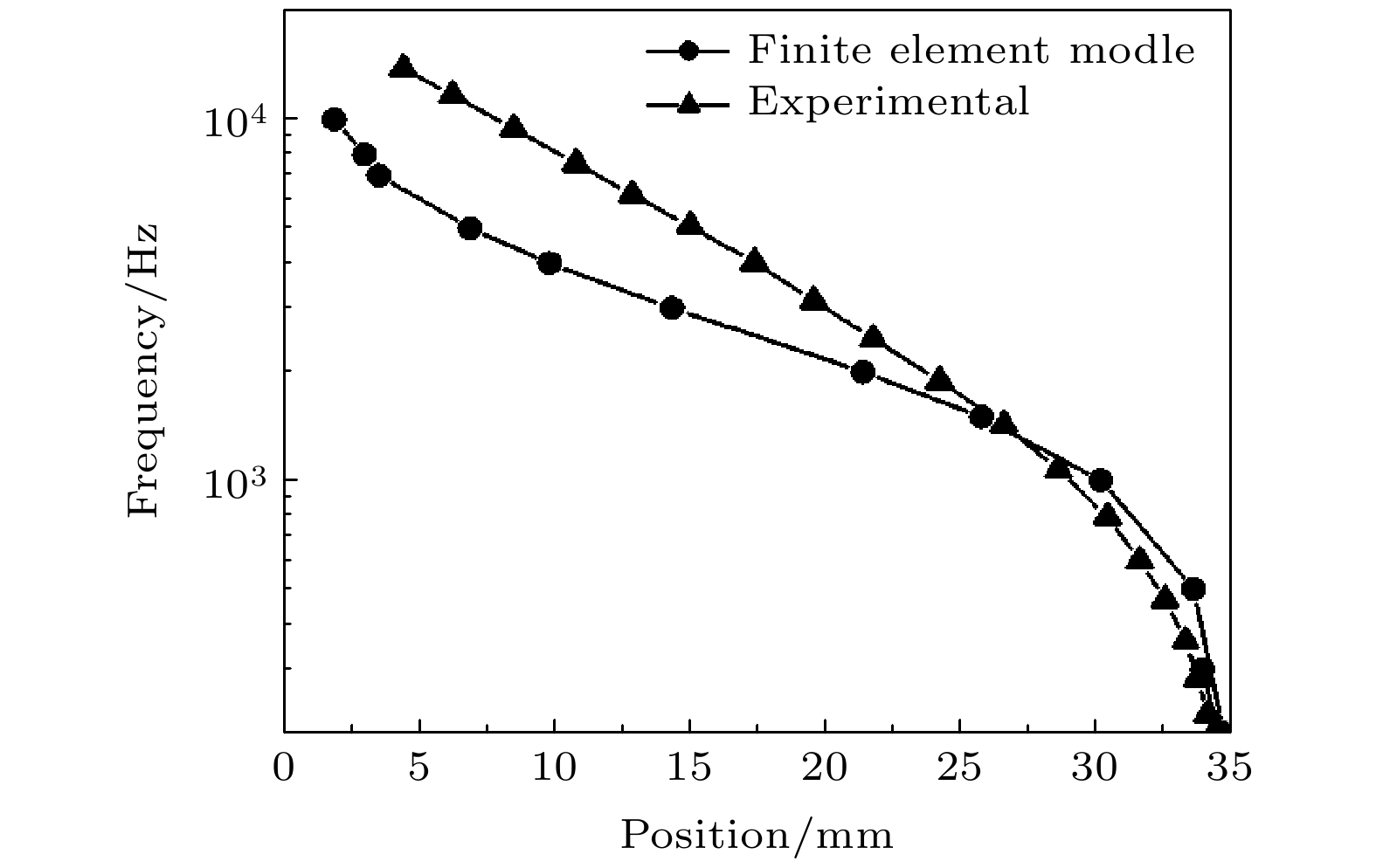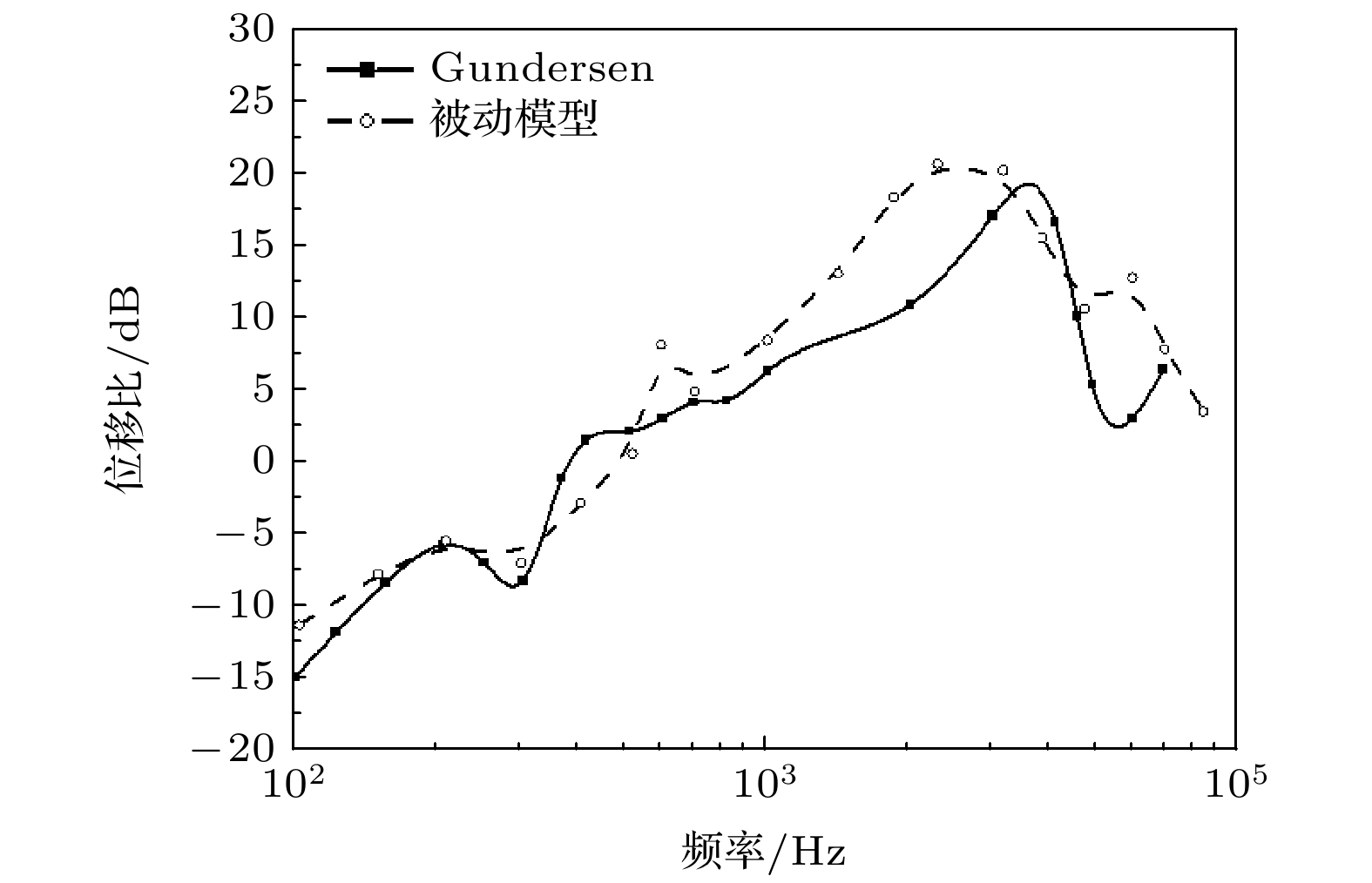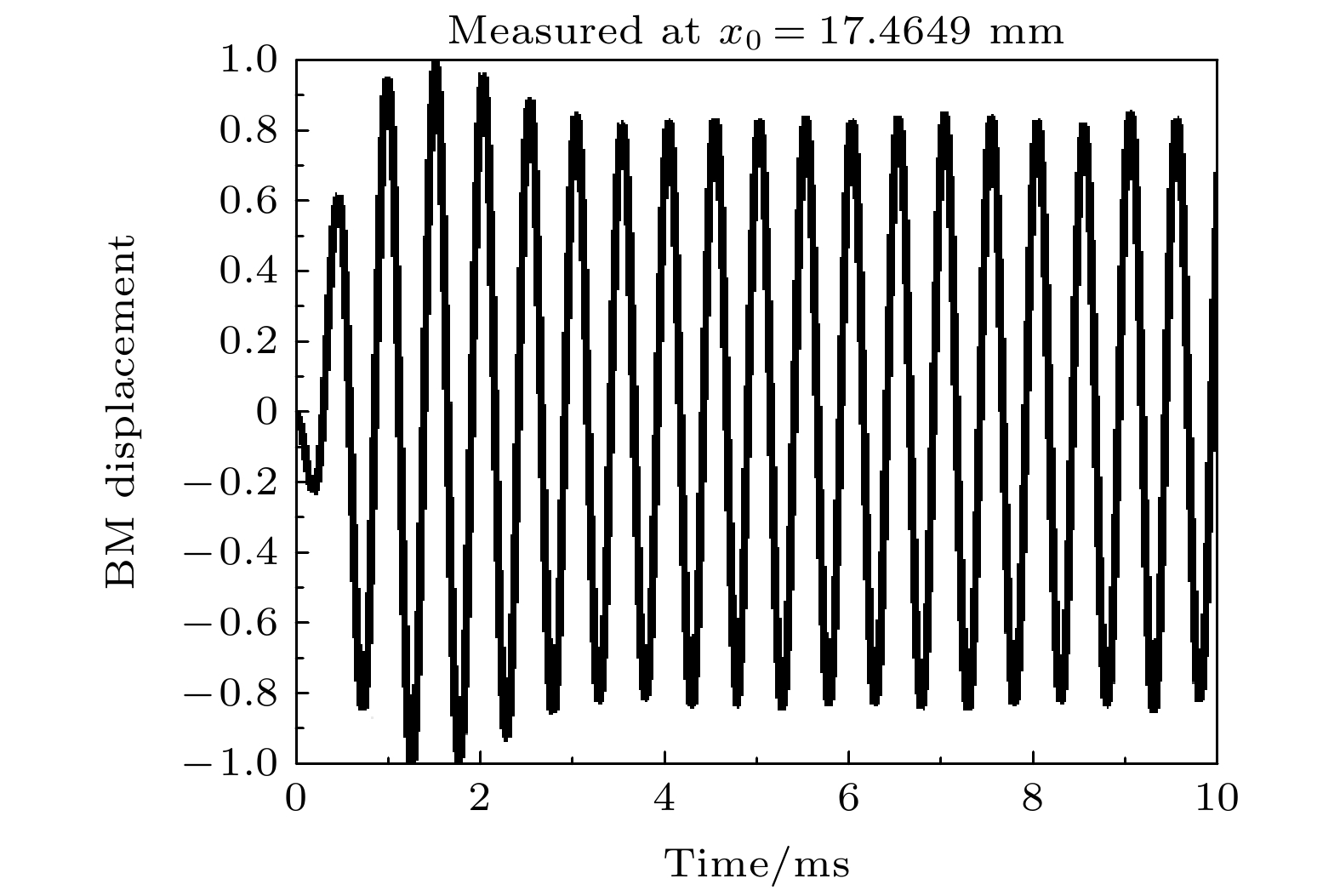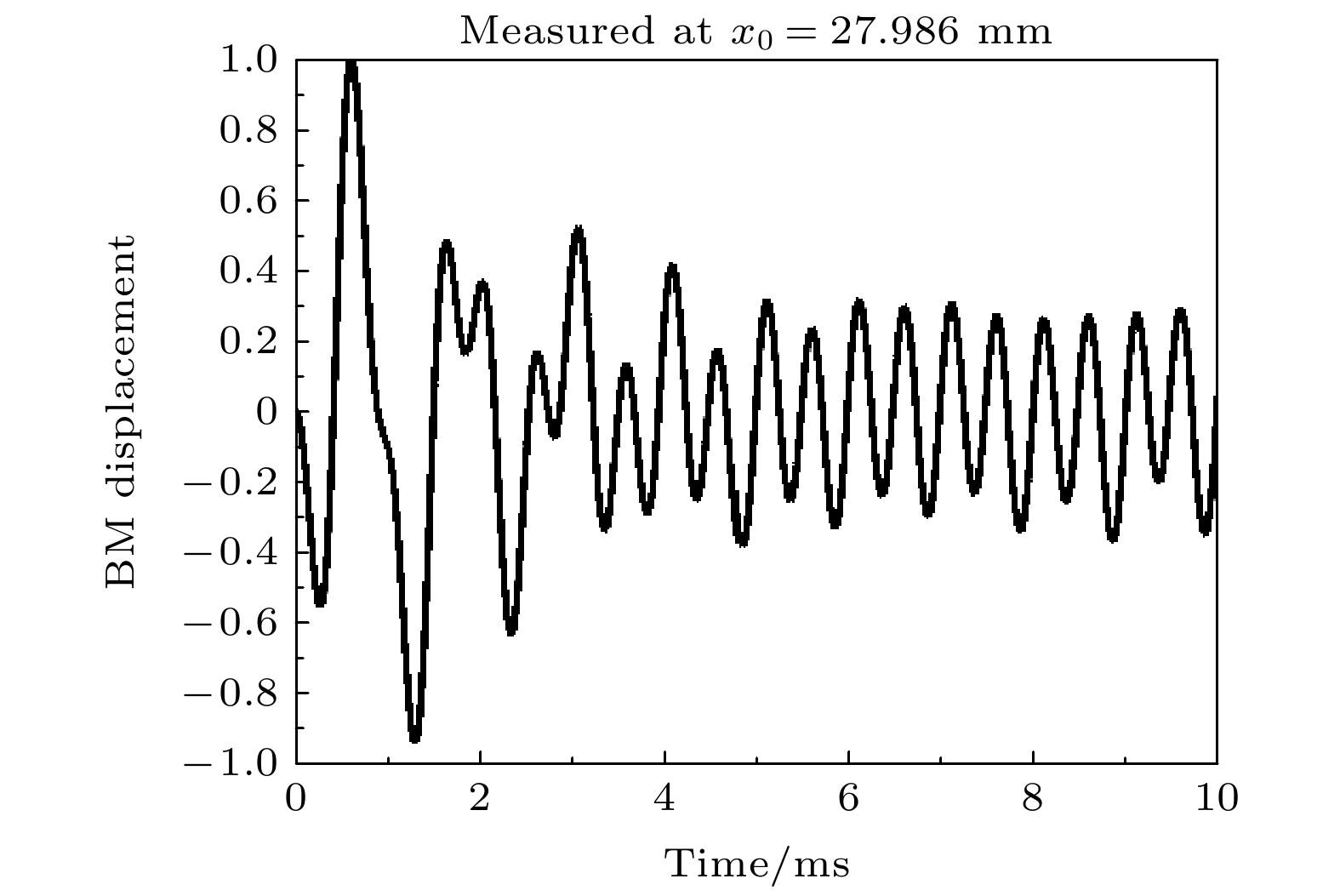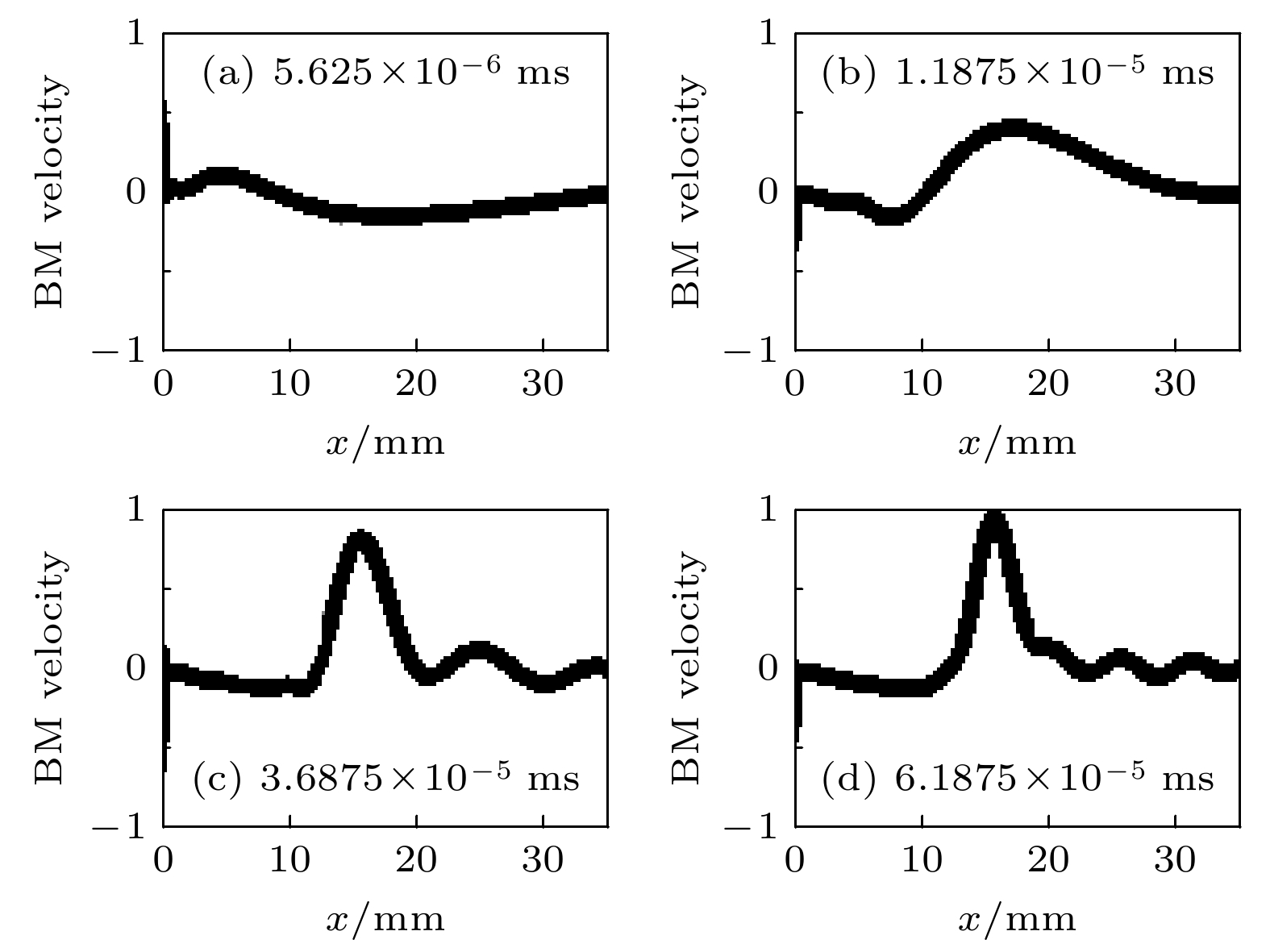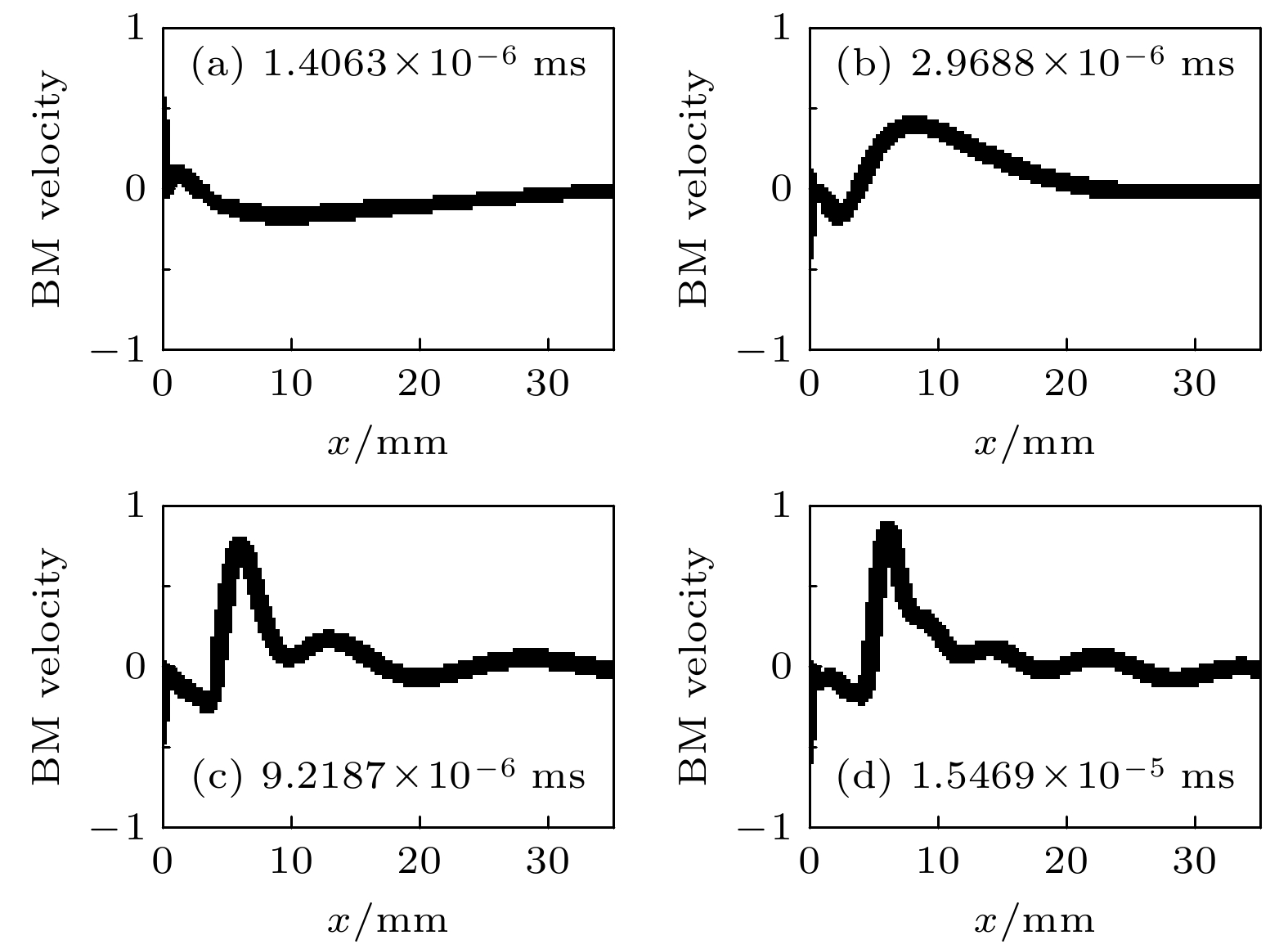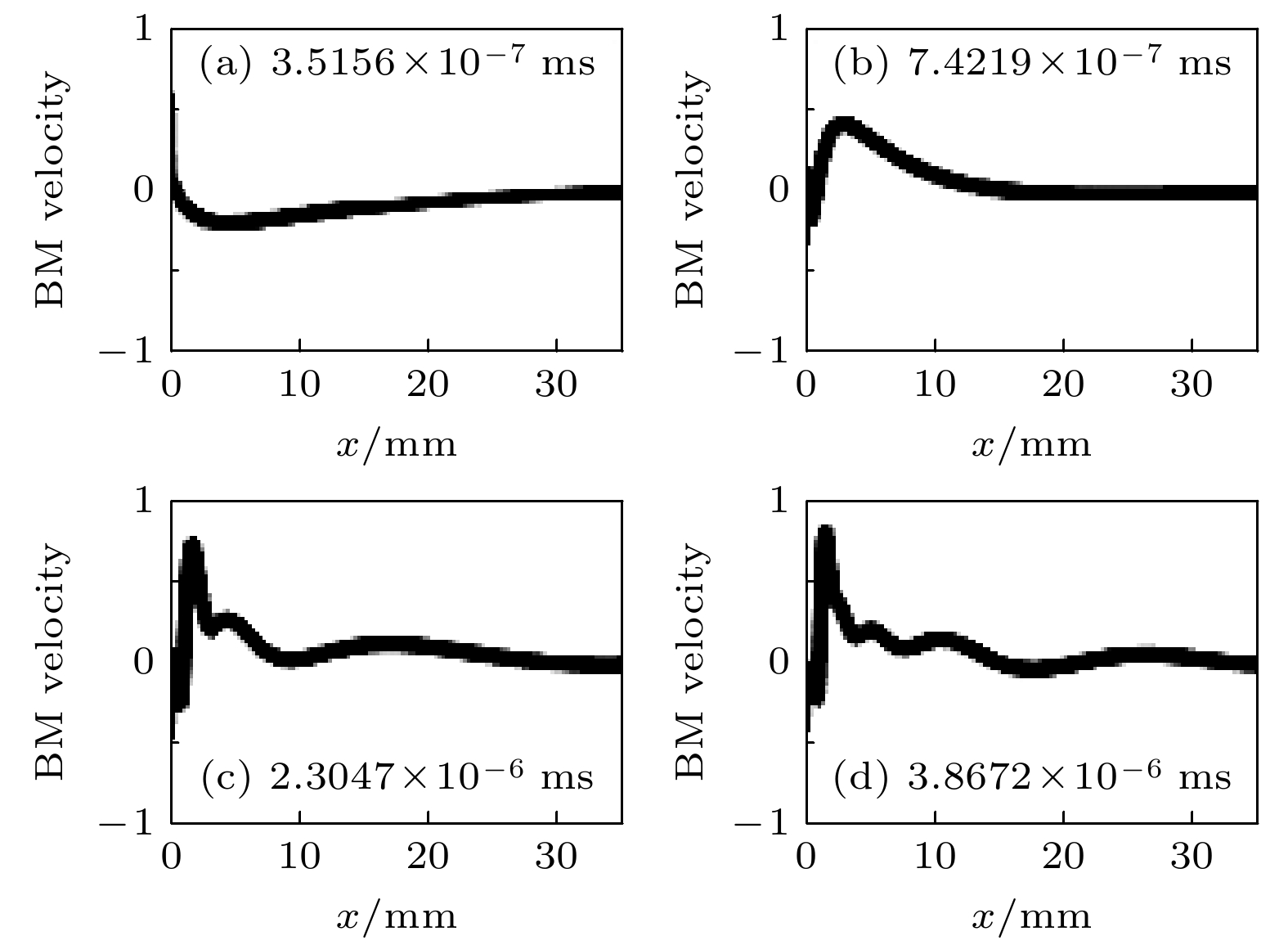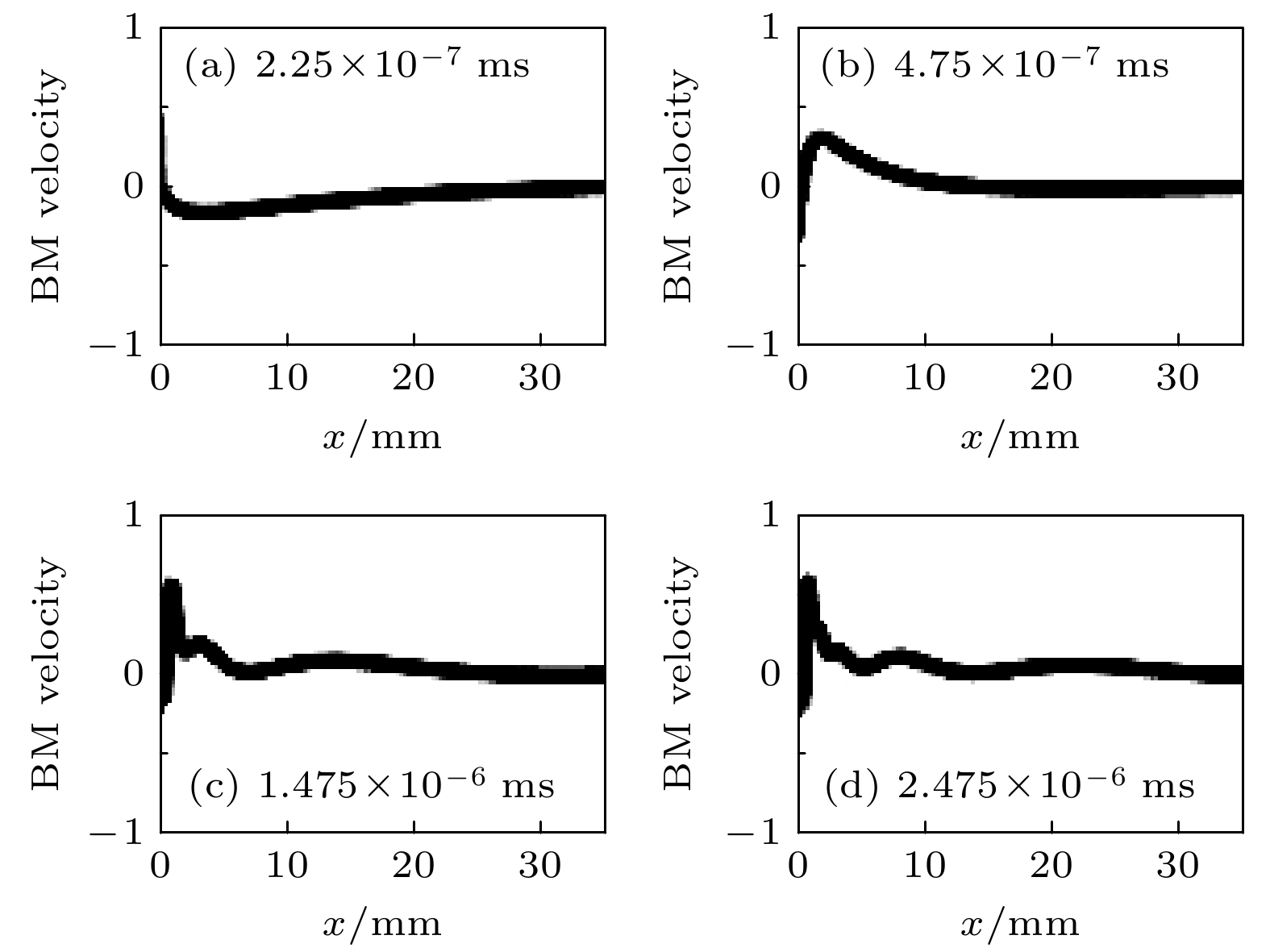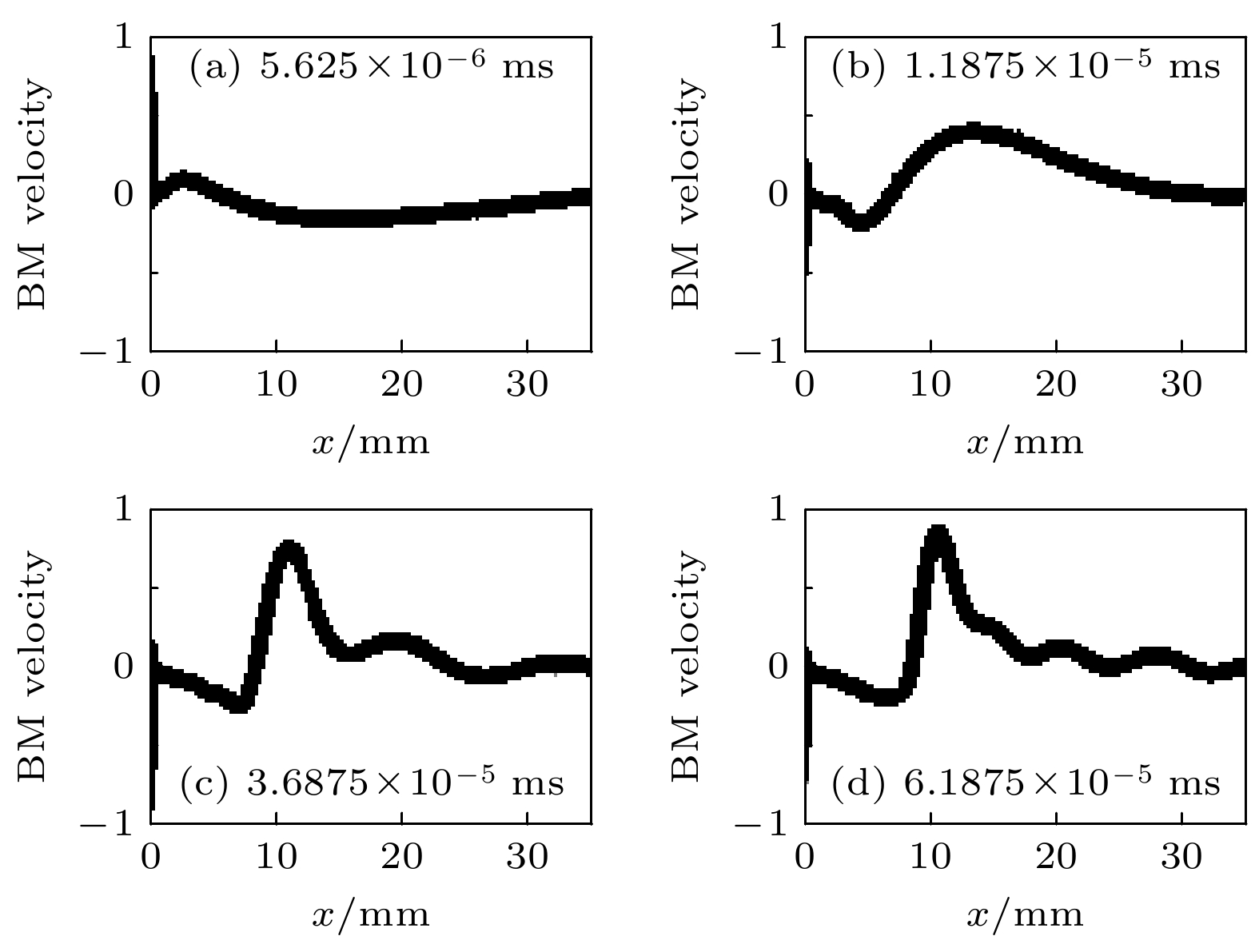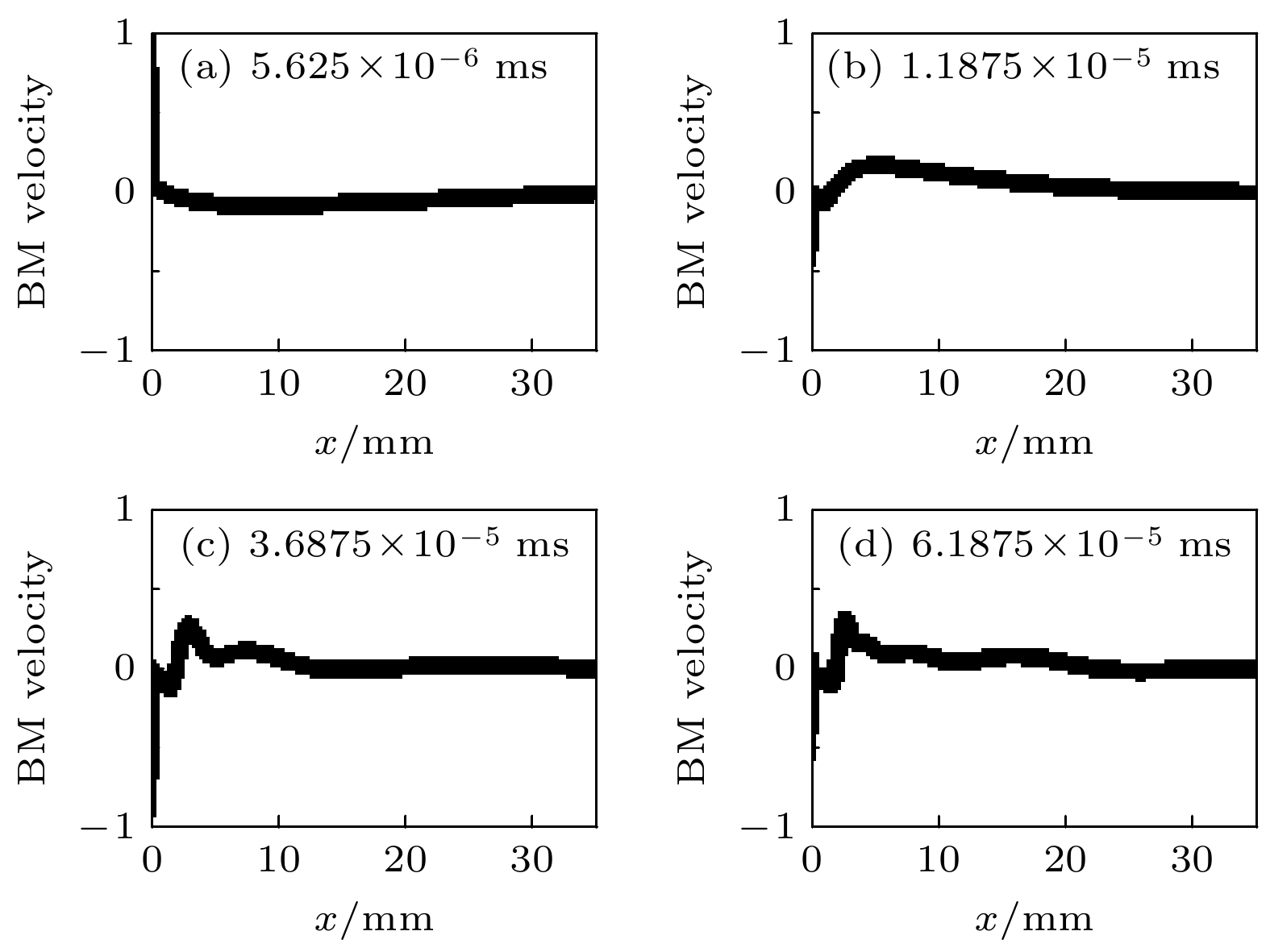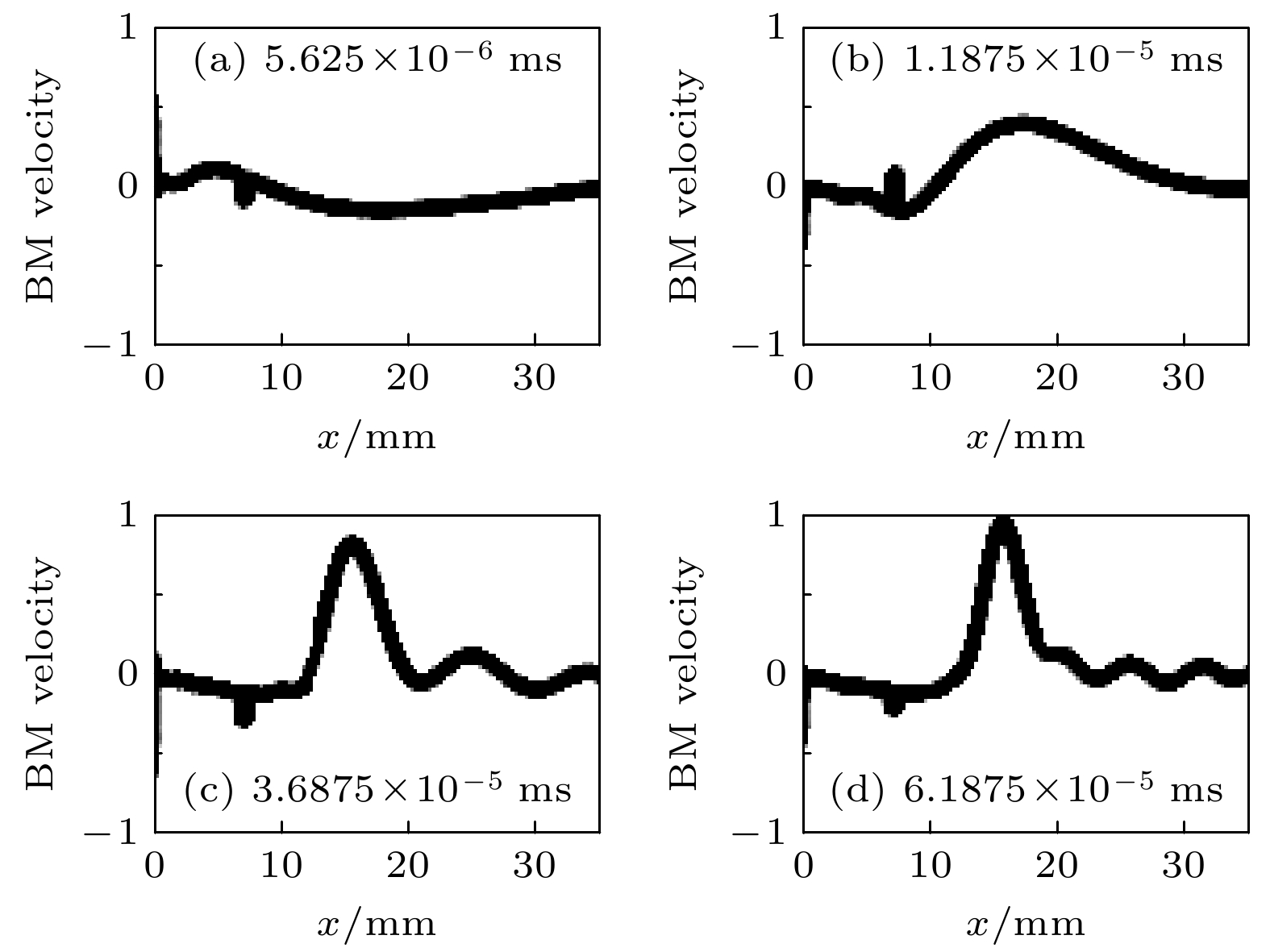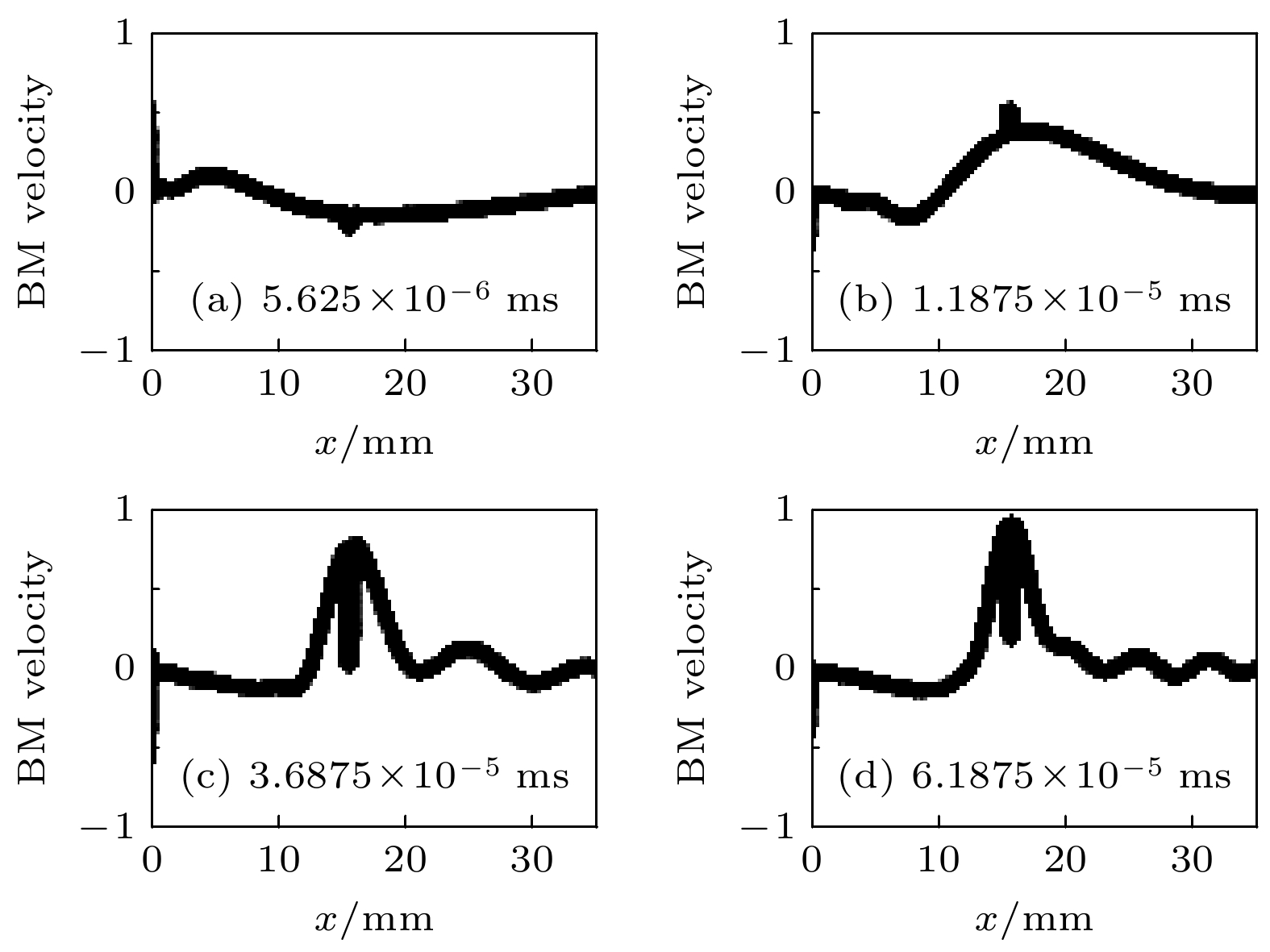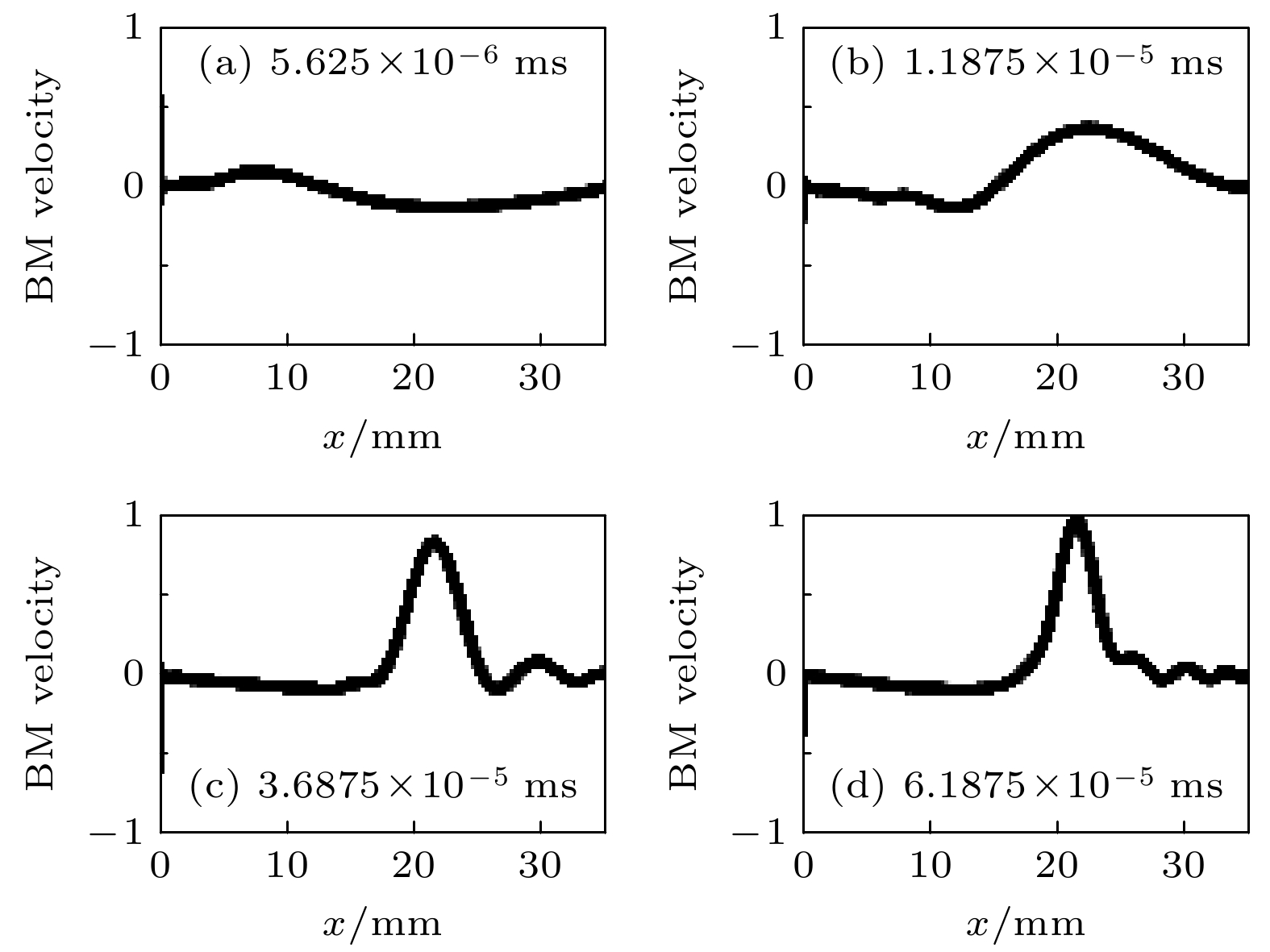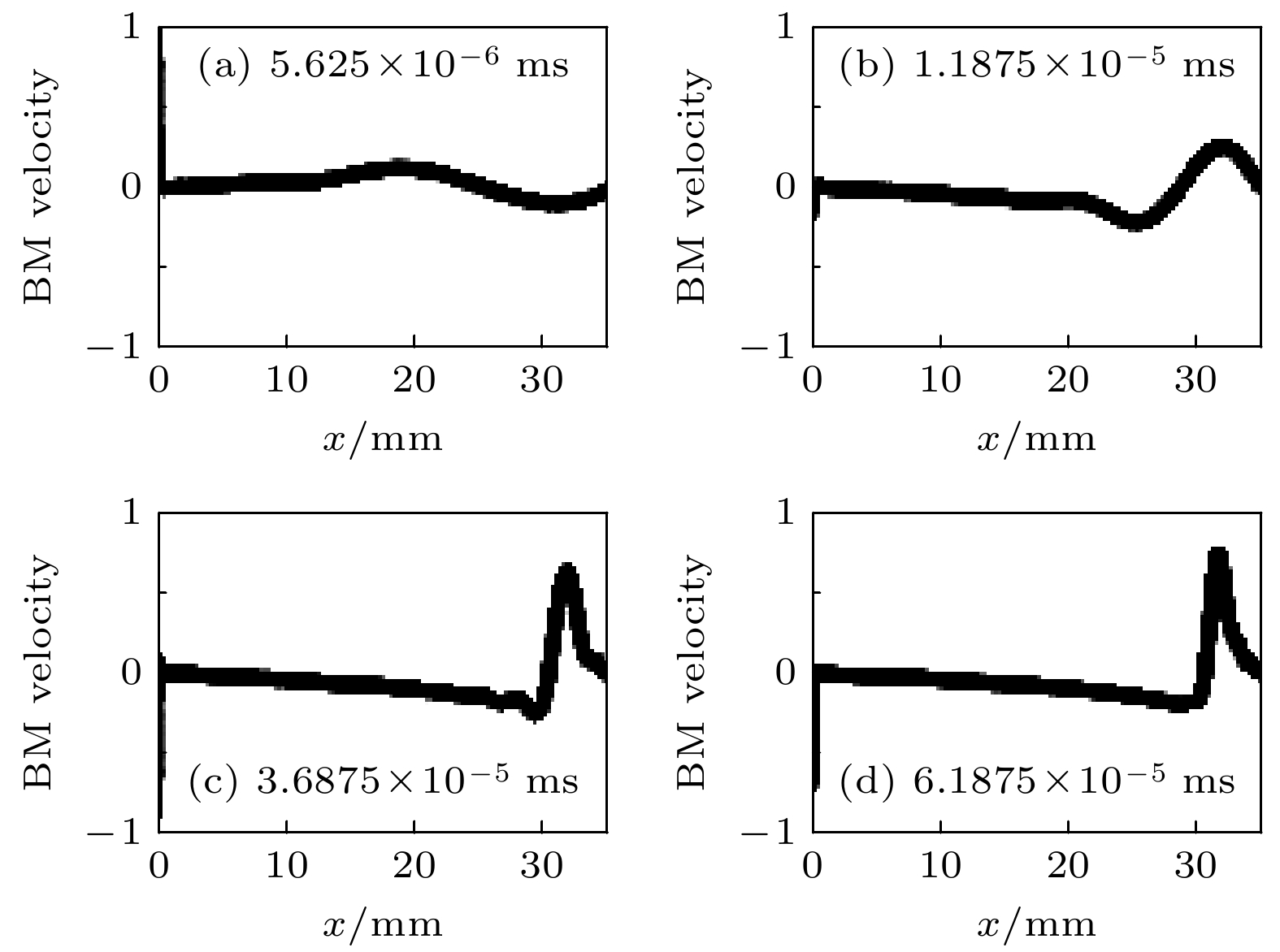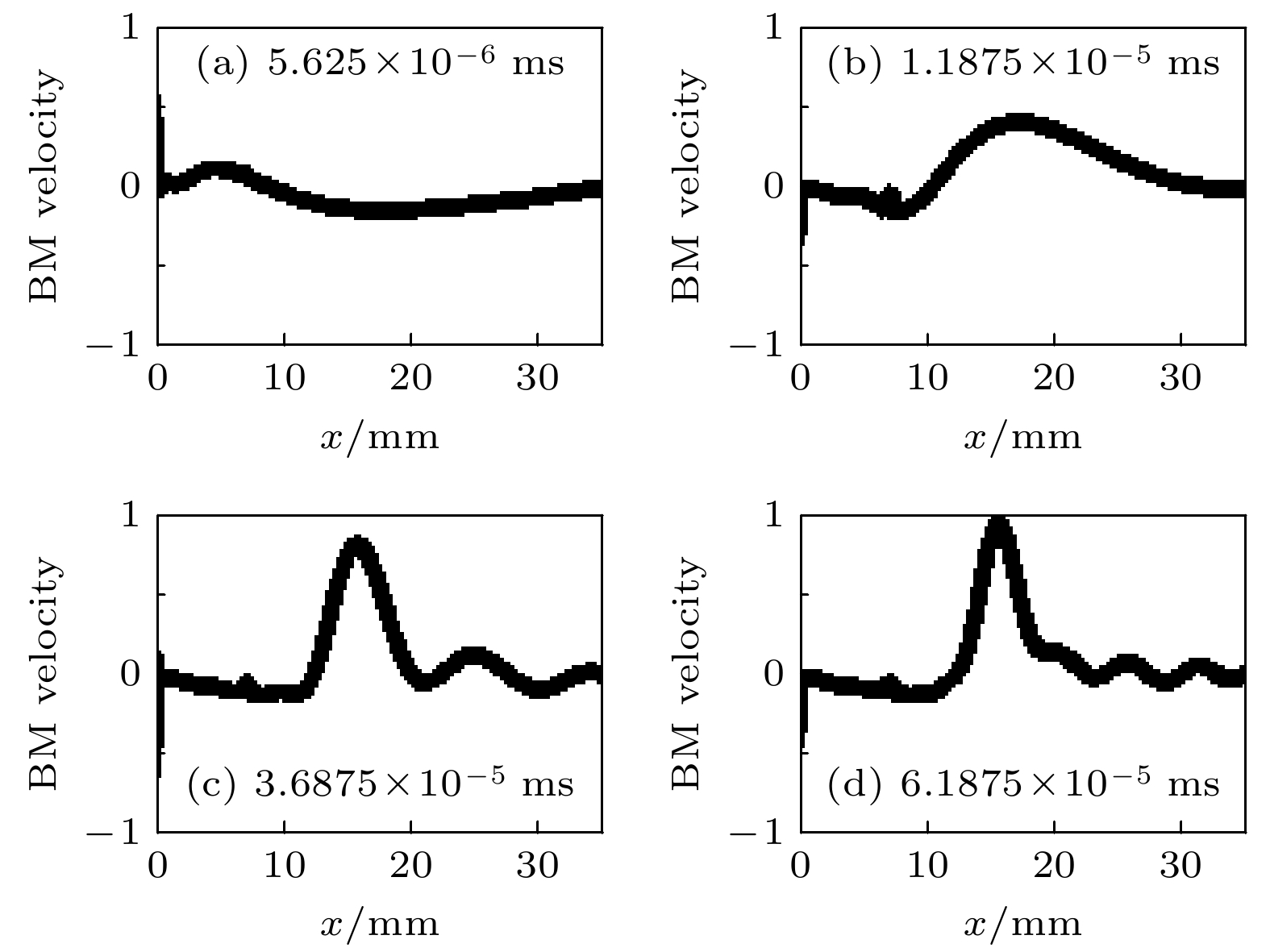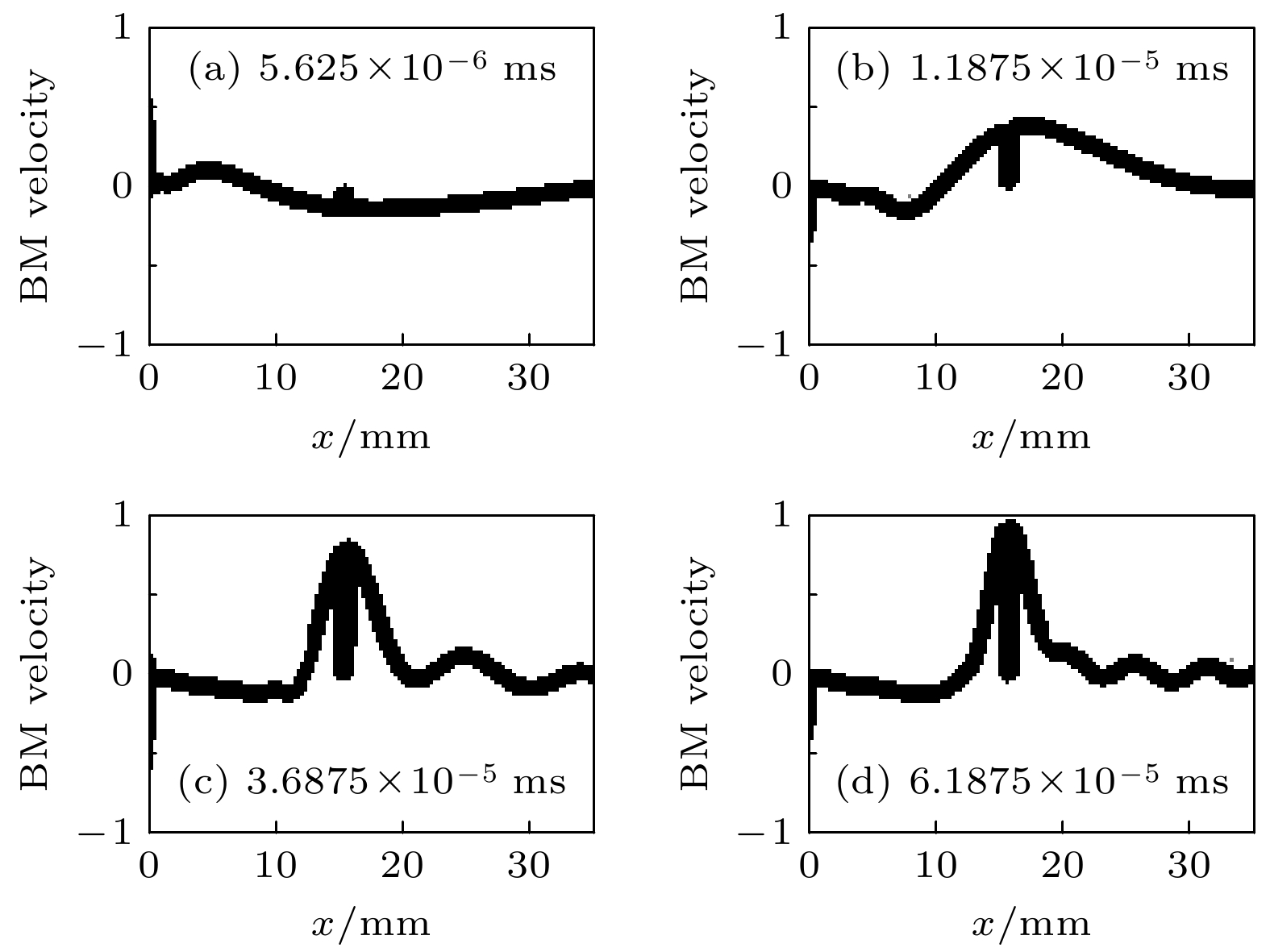-
The ear is an important sensory organ of the human body. Cochlea has a pivotal role in the hearing system of human. Nearly 300 million people around the world suffer from sensorineural deafness caused by cochlear lesions. Because the mechanism of cochlear sensing is very complex, it has not been understood completely so far, which has become one of the important problems in medicine today. The basilar membrane in the cochlear canal is the supporting structure of all microstructures, the complex coupling motion between basilar membrane and lymph in cochlear canal is the primary condition for generating the cochlear sound sensing function. Therefore, it is essential to study the dynamic behavior of the basement membranes. By dividing the length of the cochlea into a finite number of elements and giving the radial distribution, a set of governing equations is derived for coupling micromechanics with fluid. Then combining these equations with the matrix combination equation, the complete coupling response of basilar membrane and lymph is obtained. The instantaneous responses of the basilar membrane under different excitations, the time domain responses of the resonance position under different frequency excitations, and the effects of the changes of the mass and stiffness of the basilar membrane on its biomechanical properties and hearing function are analyzed. The results showthat the increase of the mass and stiffness of the basilar membrane leads to the weakening of the maximum response, and the increase of the mass causes the maximum response position to move to the bottom of the basilar membrane; the increase of the basilar membrane stiffness causes the maximum response position to move to the top of the basilar membrane; the changing basilar membrane cross-section can rapidly reduce the characteristic frequencies at the middle and top of the cochlea, thus achieving better filtering and amplification of specific frequency excitation, and enabling the cochlea to have a higher resolution in a specific frequency range of 1000–3000 Hz.This computational mathematics model can provide a numerical analysis platform for implementing the clinical evaluation of lesions in the basilar membrane of the inner ear. Compared with the existing finite element models, this method has faster calculation speed and higher efficiency of parameter analysis.
[1] Chadha S, Kamenov K, Cieza A 2021 Bull. W. H. O. 99 242
 Google Scholar
Google Scholar
[2] Taylor R R, Forge A 2005 Science 307 1056
 Google Scholar
Google Scholar
[3] Reichenbach T, Hudspeth A J 2010 Phys. Rev. Lett. 105 118102
 Google Scholar
Google Scholar
[4] Ashmore J 2008 Physiol. Rev. 88 173
 Google Scholar
Google Scholar
[5] Békésy V G 1960 Q. J. Exp. Physiol. Cogn. Med. Sci. 45 324
 Google Scholar
Google Scholar
[6] Johnstone B M, Patuzzi R, Yates G K 1986 Hear. Res. 22 147
 Google Scholar
Google Scholar
[7] Robles L, Ruggero M A, Rich N C 1991 Nature 349 413
 Google Scholar
Google Scholar
[8] Evans E, Wilson J 1975 Science 190 1218
 Google Scholar
Google Scholar
[9] Narayan S S, Temchin A N, Recio A, Ruggero, M A 1999 Science 282 1882
 Google Scholar
Google Scholar
[10] Gundersen T, Skarstein O, Sikkeland T 1978 Acta Oto-Laryngol. 86 225
 Google Scholar
Google Scholar
[11] Greenwood D D 1990 J. Acoust. Soc. Am. 87 2592
 Google Scholar
Google Scholar
[12] Warren R L, Ramamoorthy S, Ciganovic N, Zhang Y, Wilson T M, Petrie T, Wang R K K, Jacques S L, Reichenbach T, Nuttall A, Fridberger A 2016 Proc. Natl. Acad. Sci. U. S. A. 113 4304
 Google Scholar
Google Scholar
[13] 塔娜, 张景, 许立富, 周雷, 黄新生, 饶柱石 2018 振动与冲击 37 160
 Google Scholar
Google Scholar
Ta N, Zhang J, Xu L F, Zhou L, Huang X S, Rao Z S 2018 J. Vibr. Shock 37 160
 Google Scholar
Google Scholar
[14] Mammano F, Nobili R 1993 J. Acoust. Soc. Am. 93 3320
 Google Scholar
Google Scholar
[15] Kolston P J 1999 Proc. Natl. Acad. Sci. U. S. A. 96 3676
 Google Scholar
Google Scholar
[16] Ruggero M A, Narayan S S, Temchin A N, Recio A 2000 Proc. Natl. Acad. Sci. U. S. A. 97 11744
 Google Scholar
Google Scholar
[17] Duke T, Julicher F 2003 Phys. Rev. Lett. 90 158101
 Google Scholar
Google Scholar
[18] Zhang J, Zou D L, Tian J B, Ta N, Rao Z S 2019 Appl. Acoust. 145 278
 Google Scholar
Google Scholar
[19] Gan R Z, Reeves B P, Wang X 2007 Ann. Biomed. Eng. 35 2180
 Google Scholar
Google Scholar
[20] Zhang X, Gan R Z 2011 IEEE Trans. Biomed. Eng. 58 3024
 Google Scholar
Google Scholar
[21] Brown M A, Ji X D, Gan R Z 2021 Ann. Biomed. Eng. 49 757
 Google Scholar
Google Scholar
[22] Zhou K, Liu H G, Yang J H, Zhao Y, Rao Z S, Yang S G 2019 Acta Bioeng. Biomech. 21 3
[23] 周凯, 刘后广, 饶柱石, 杨善国, 赵禹, 徐丹 2017 医用生物力学 32 369
 Google Scholar
Google Scholar
Zhou K, Liu H G, Rao Z S, Yang S G, Zhao Y, Xu D 2017 J. Med. Biomech. 32 369
 Google Scholar
Google Scholar
[24] Liu H G, Xue L, Yang J H, Liu W, Yang S G, Wang W B 2020 Appl. Acoust. 169 107473
 Google Scholar
Google Scholar
[25] Yao W J, Ma J W, Luo X M, Luo B T 2014 J. Mech. Med. Biol. 14 1450051
 Google Scholar
Google Scholar
[26] Yao W J, Zhong J C, Duan M L 2018 Acta Oto-Laryngol. 138 961
 Google Scholar
Google Scholar
[27] Yao W J, Chen Y Q 2017 J. Appl. Math. Mech. 38 997
 Google Scholar
Google Scholar
[28] Ma J W, Yao W J, Hu B L 2020 J. Biomech. Eng. 142 91005
 Google Scholar
Google Scholar
[29] Yao W J, Liang J Y, Ren L J, Ma J W, Zhao Z S, Wang J K, Xie Y Z, Dai P D, Zhang T Y 2021 Commun. Nonlinear Sci. Numer. Simul. 104 106043
 Google Scholar
Google Scholar
[30] Boer E D 1996 Mechanics of the Cochlea: Modeling Efforts (New York: Springer) p258
-
-
[1] Chadha S, Kamenov K, Cieza A 2021 Bull. W. H. O. 99 242
 Google Scholar
Google Scholar
[2] Taylor R R, Forge A 2005 Science 307 1056
 Google Scholar
Google Scholar
[3] Reichenbach T, Hudspeth A J 2010 Phys. Rev. Lett. 105 118102
 Google Scholar
Google Scholar
[4] Ashmore J 2008 Physiol. Rev. 88 173
 Google Scholar
Google Scholar
[5] Békésy V G 1960 Q. J. Exp. Physiol. Cogn. Med. Sci. 45 324
 Google Scholar
Google Scholar
[6] Johnstone B M, Patuzzi R, Yates G K 1986 Hear. Res. 22 147
 Google Scholar
Google Scholar
[7] Robles L, Ruggero M A, Rich N C 1991 Nature 349 413
 Google Scholar
Google Scholar
[8] Evans E, Wilson J 1975 Science 190 1218
 Google Scholar
Google Scholar
[9] Narayan S S, Temchin A N, Recio A, Ruggero, M A 1999 Science 282 1882
 Google Scholar
Google Scholar
[10] Gundersen T, Skarstein O, Sikkeland T 1978 Acta Oto-Laryngol. 86 225
 Google Scholar
Google Scholar
[11] Greenwood D D 1990 J. Acoust. Soc. Am. 87 2592
 Google Scholar
Google Scholar
[12] Warren R L, Ramamoorthy S, Ciganovic N, Zhang Y, Wilson T M, Petrie T, Wang R K K, Jacques S L, Reichenbach T, Nuttall A, Fridberger A 2016 Proc. Natl. Acad. Sci. U. S. A. 113 4304
 Google Scholar
Google Scholar
[13] 塔娜, 张景, 许立富, 周雷, 黄新生, 饶柱石 2018 振动与冲击 37 160
 Google Scholar
Google Scholar
Ta N, Zhang J, Xu L F, Zhou L, Huang X S, Rao Z S 2018 J. Vibr. Shock 37 160
 Google Scholar
Google Scholar
[14] Mammano F, Nobili R 1993 J. Acoust. Soc. Am. 93 3320
 Google Scholar
Google Scholar
[15] Kolston P J 1999 Proc. Natl. Acad. Sci. U. S. A. 96 3676
 Google Scholar
Google Scholar
[16] Ruggero M A, Narayan S S, Temchin A N, Recio A 2000 Proc. Natl. Acad. Sci. U. S. A. 97 11744
 Google Scholar
Google Scholar
[17] Duke T, Julicher F 2003 Phys. Rev. Lett. 90 158101
 Google Scholar
Google Scholar
[18] Zhang J, Zou D L, Tian J B, Ta N, Rao Z S 2019 Appl. Acoust. 145 278
 Google Scholar
Google Scholar
[19] Gan R Z, Reeves B P, Wang X 2007 Ann. Biomed. Eng. 35 2180
 Google Scholar
Google Scholar
[20] Zhang X, Gan R Z 2011 IEEE Trans. Biomed. Eng. 58 3024
 Google Scholar
Google Scholar
[21] Brown M A, Ji X D, Gan R Z 2021 Ann. Biomed. Eng. 49 757
 Google Scholar
Google Scholar
[22] Zhou K, Liu H G, Yang J H, Zhao Y, Rao Z S, Yang S G 2019 Acta Bioeng. Biomech. 21 3
[23] 周凯, 刘后广, 饶柱石, 杨善国, 赵禹, 徐丹 2017 医用生物力学 32 369
 Google Scholar
Google Scholar
Zhou K, Liu H G, Rao Z S, Yang S G, Zhao Y, Xu D 2017 J. Med. Biomech. 32 369
 Google Scholar
Google Scholar
[24] Liu H G, Xue L, Yang J H, Liu W, Yang S G, Wang W B 2020 Appl. Acoust. 169 107473
 Google Scholar
Google Scholar
[25] Yao W J, Ma J W, Luo X M, Luo B T 2014 J. Mech. Med. Biol. 14 1450051
 Google Scholar
Google Scholar
[26] Yao W J, Zhong J C, Duan M L 2018 Acta Oto-Laryngol. 138 961
 Google Scholar
Google Scholar
[27] Yao W J, Chen Y Q 2017 J. Appl. Math. Mech. 38 997
 Google Scholar
Google Scholar
[28] Ma J W, Yao W J, Hu B L 2020 J. Biomech. Eng. 142 91005
 Google Scholar
Google Scholar
[29] Yao W J, Liang J Y, Ren L J, Ma J W, Zhao Z S, Wang J K, Xie Y Z, Dai P D, Zhang T Y 2021 Commun. Nonlinear Sci. Numer. Simul. 104 106043
 Google Scholar
Google Scholar
[30] Boer E D 1996 Mechanics of the Cochlea: Modeling Efforts (New York: Springer) p258
Catalog
Metrics
- Abstract views: 2095
- PDF Downloads: 62
- Cited By: 0















 DownLoad:
DownLoad:
